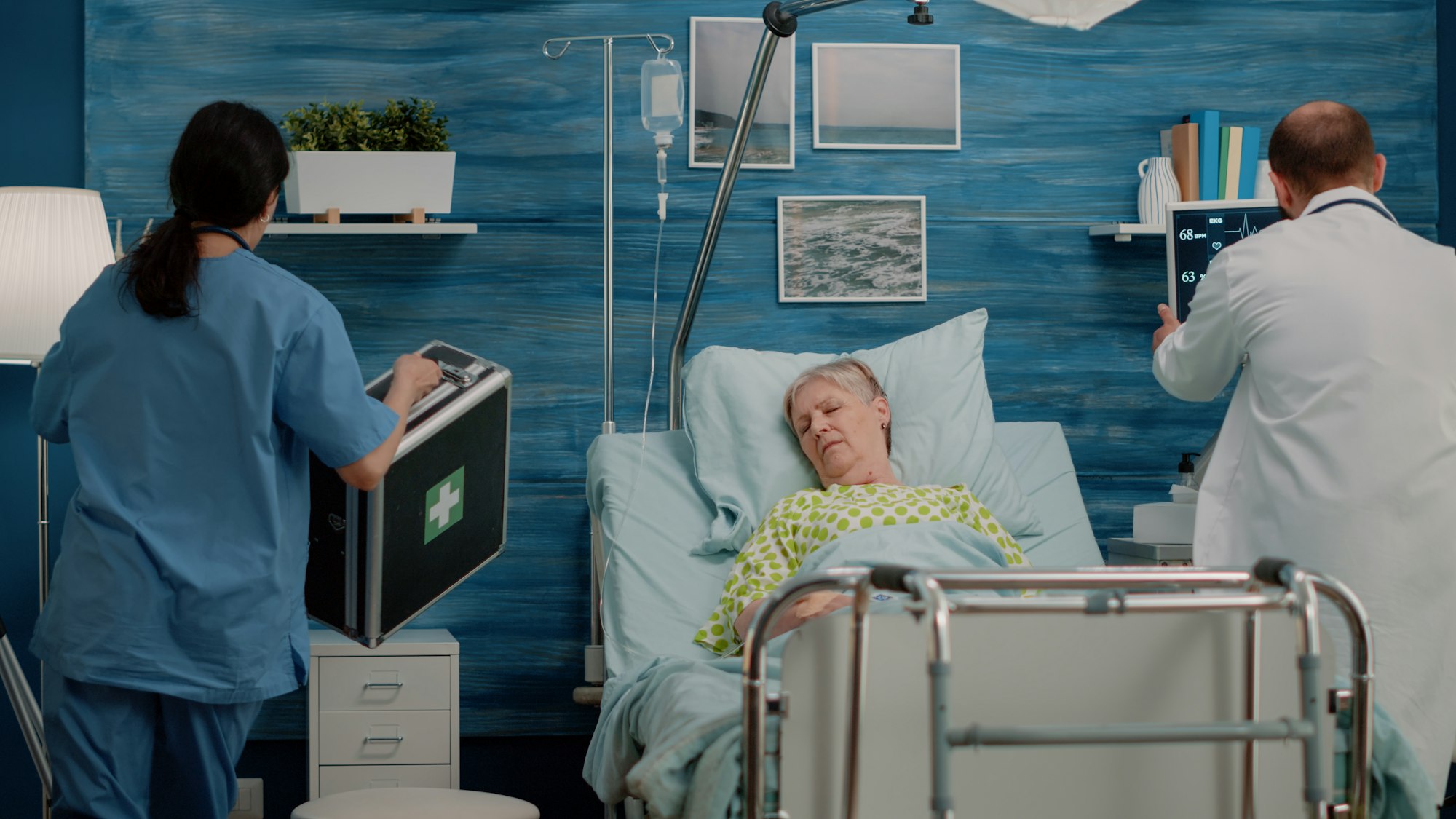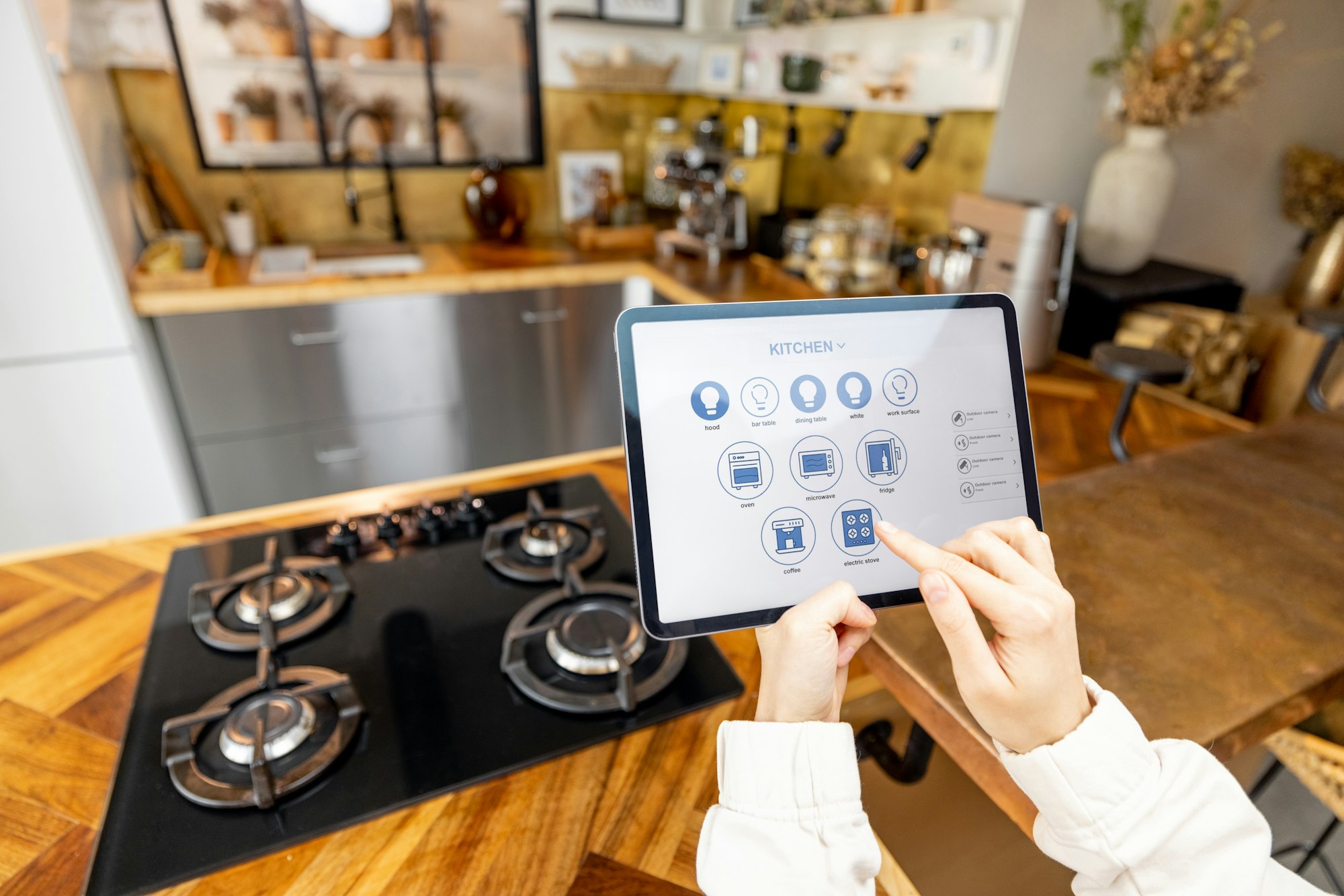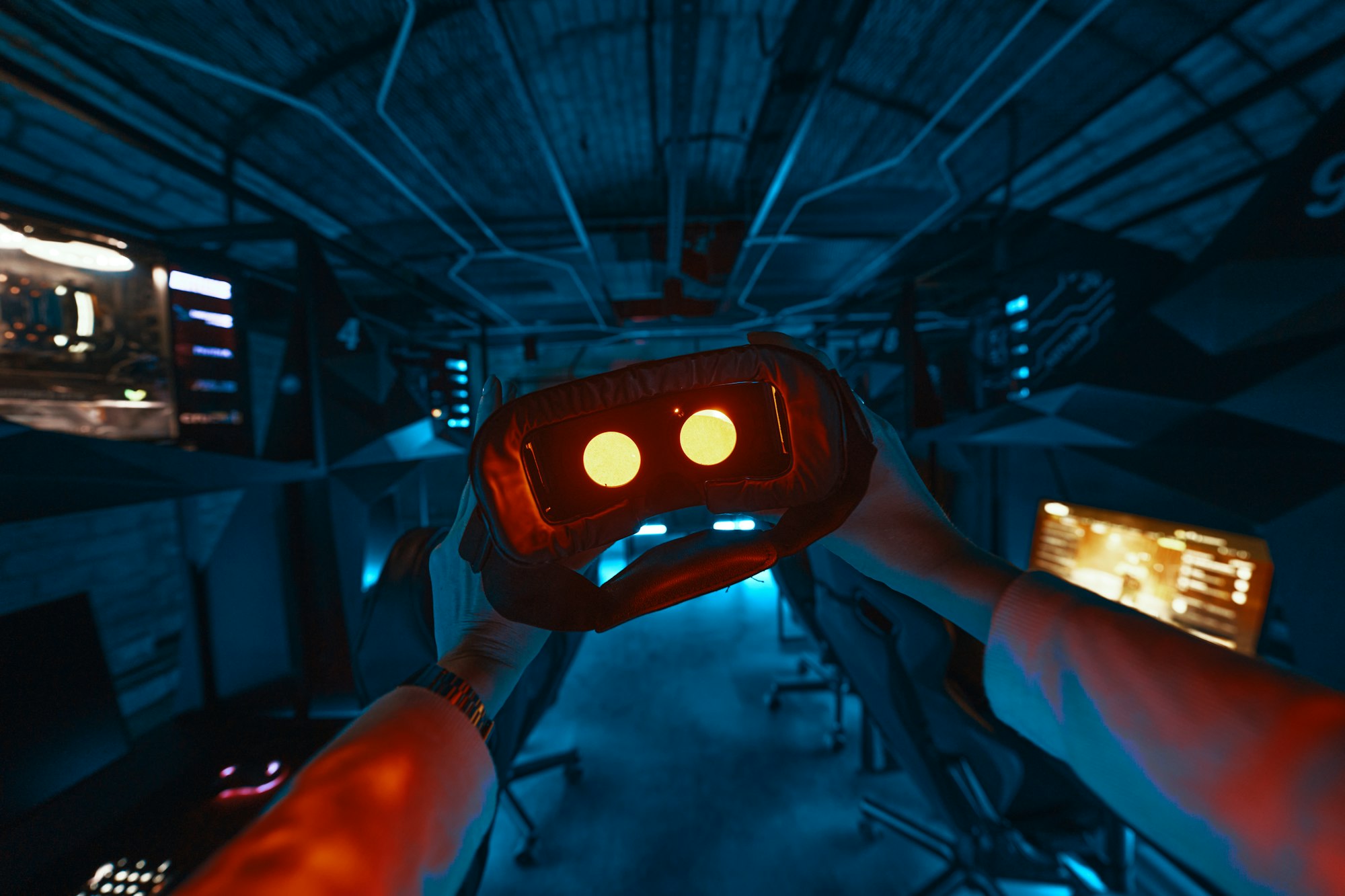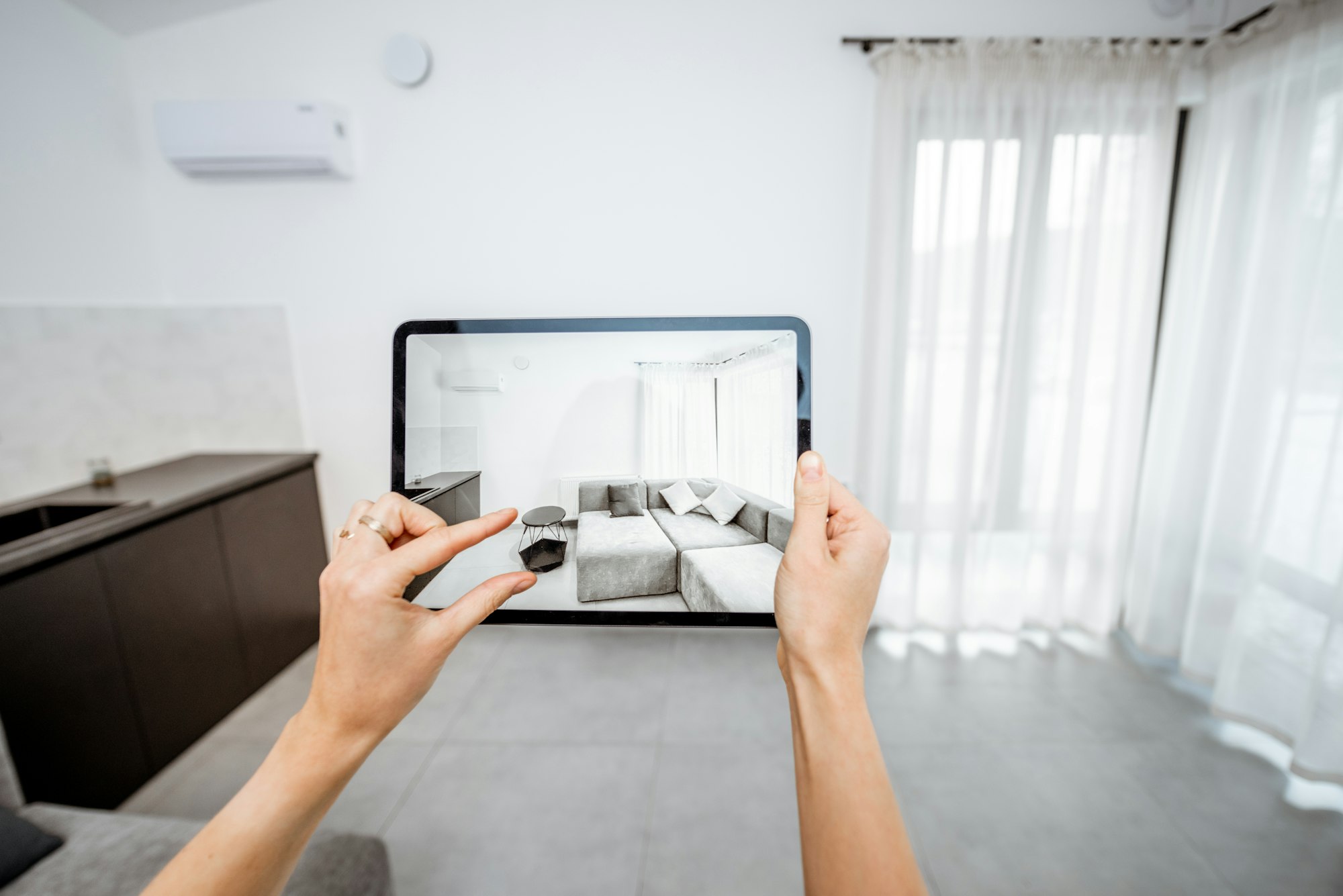Healthcare technology is advancing at an unprecedented rate, revolutionizing the way we diagnose, treat, and manage diseases. From wearable devices that monitor vital signs to sophisticated diagnostic tools that detect illnesses earlier and more accurately, medical gadgets are transforming patient care and improving outcomes. Let’s delve into some of the latest innovations in medical gadgets that are setting the stage for a healthier future.
1. Wearable Health Monitors
1.1 Smartwatches and Fitness Trackers
Smartwatches and fitness trackers, such as the Apple Watch and Fitbit, have become ubiquitous in recent years. These devices monitor various health metrics, including heart rate, steps taken, calories burned, and even sleep patterns. The latest models incorporate advanced features like electrocardiogram (ECG) sensors, which can detect irregular heart rhythms and potentially life-threatening conditions like atrial fibrillation. By providing real-time health data, these wearables empower users to take proactive steps towards better health and alert them to potential issues before they escalate.
1.2 Continuous Glucose Monitors (CGMs)
For individuals with diabetes, continuous glucose monitors (CGMs) are game-changers. Devices like the Dexcom G6 and Abbott FreeStyle Libre allow users to track their blood glucose levels continuously, without the need for frequent finger pricks. These monitors provide real-time data and trends, enabling better management of blood sugar levels and reducing the risk of complications. The integration of CGMs with smartphones and smartwatches further enhances their convenience and usability.
2. Remote Patient Monitoring
2.1 Telehealth and Remote Monitoring Systems
The COVID-19 pandemic has accelerated the adoption of telehealth and remote patient monitoring systems. Devices like the TytoCare Kit allow healthcare providers to conduct virtual consultations and remotely monitor patients’ vital signs, including temperature, heart rate, and oxygen saturation. This technology reduces the need for in-person visits, making healthcare more accessible and convenient, especially for patients with chronic conditions or those living in remote areas. It also helps healthcare providers to monitor patients’ health continuously and intervene promptly if necessary.
2.2 Smart Inhalers
Smart inhalers are revolutionizing the management of respiratory conditions like asthma and chronic obstructive pulmonary disease (COPD). These devices, such as the Propeller Health Inhaler, are equipped with sensors that track medication usage and provide feedback on inhaler technique. They can also remind patients to take their medication and share data with healthcare providers. By ensuring proper medication adherence and usage, smart inhalers help improve disease management and reduce hospitalizations.
3. Advanced Diagnostic Tools
3.1 AI-Powered Imaging Systems
Artificial intelligence (AI) is transforming medical imaging by enhancing the accuracy and efficiency of diagnoses. AI-powered imaging systems, like those developed by Aidoc and Zebra Medical Vision, analyze medical images to detect abnormalities such as tumors, fractures, and infections. These systems can quickly process large volumes of data, providing radiologists with valuable insights and aiding in early detection of diseases. This technology not only improves diagnostic accuracy but also helps in reducing the workload of healthcare professionals.
3.2 Portable Ultrasound Devices
Portable ultrasound devices, such as the Butterfly iQ, are making medical imaging more accessible and affordable. These handheld devices can connect to smartphones or tablets, allowing healthcare providers to perform ultrasound scans anywhere, from clinics to remote locations. Portable ultrasounds are used for a variety of applications, including prenatal care, cardiac assessments, and emergency medicine. Their portability and ease of use are transforming point-of-care diagnostics and enabling timely medical interventions.
4. Smart Medical Devices
4.1 Smart Pills and Ingestible Sensors
Smart pills and ingestible sensors are at the forefront of medical innovation. These tiny devices, such as the Proteus Digital Health sensor, can be ingested and used to monitor medication adherence, track digestive health, and detect gastrointestinal issues. Once ingested, the sensor communicates with a wearable patch, which then transmits data to a mobile app. This technology provides valuable insights into patients’ health and helps ensure that medications are taken as prescribed, improving treatment outcomes.
4.2 Robotic Surgical Systems
Robotic surgical systems, like the da Vinci Surgical System, are enhancing the precision and effectiveness of surgical procedures. These systems provide surgeons with greater control and flexibility, allowing for minimally invasive surgeries with smaller incisions and reduced recovery times. The latest advancements in robotic surgery include enhanced imaging capabilities, AI-assisted surgical planning, and improved haptic feedback. These innovations are leading to better patient outcomes and expanding the possibilities of what can be achieved in the operating room.
5. Personalized Health and Genomics
5.1 Genomic Sequencing Devices
Genomic sequencing has the potential to revolutionize personalized medicine. Devices like the Illumina NovaSeq 6000 enable rapid and cost-effective sequencing of an individual’s genome. By analyzing genetic information, healthcare providers can tailor treatments to a patient’s unique genetic makeup, improving the efficacy of therapies and reducing adverse reactions. Genomic sequencing is being used in various fields, including oncology, where it helps identify genetic mutations driving cancer and guides targeted treatments.
5.2 Personalized Health Monitoring
Personalized health monitoring devices, such as the Oura Ring and WHOOP Strap, track a wide range of biometric data, including heart rate variability, sleep quality, and activity levels. These devices use advanced algorithms to provide personalized health insights and recommendations, helping users optimize their overall well-being. By continuously monitoring and analyzing health data, these devices enable early detection of potential issues and support proactive health management.
Conclusion
The latest innovations in medical gadgets are transforming healthcare, making it more personalized, accessible, and effective. From wearable health monitors and remote patient monitoring systems to advanced diagnostic tools and smart medical devices, these technologies are revolutionizing the way we approach health and wellness. As these innovations continue to evolve, they hold the promise of improving patient outcomes, reducing healthcare costs, and enhancing the quality of life for individuals worldwide. Embrace the future of healthcare technology and witness the remarkable impact of these cutting-edge medical gadgets on our lives.







